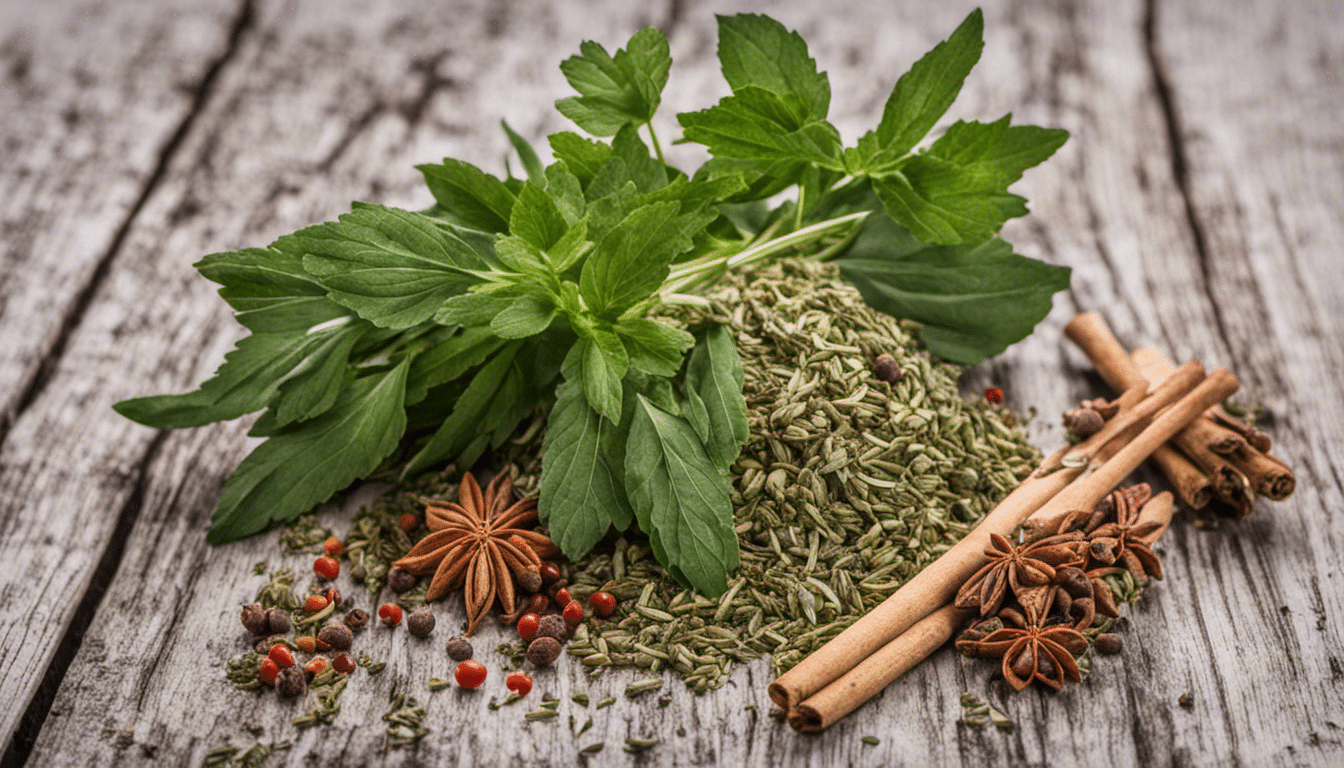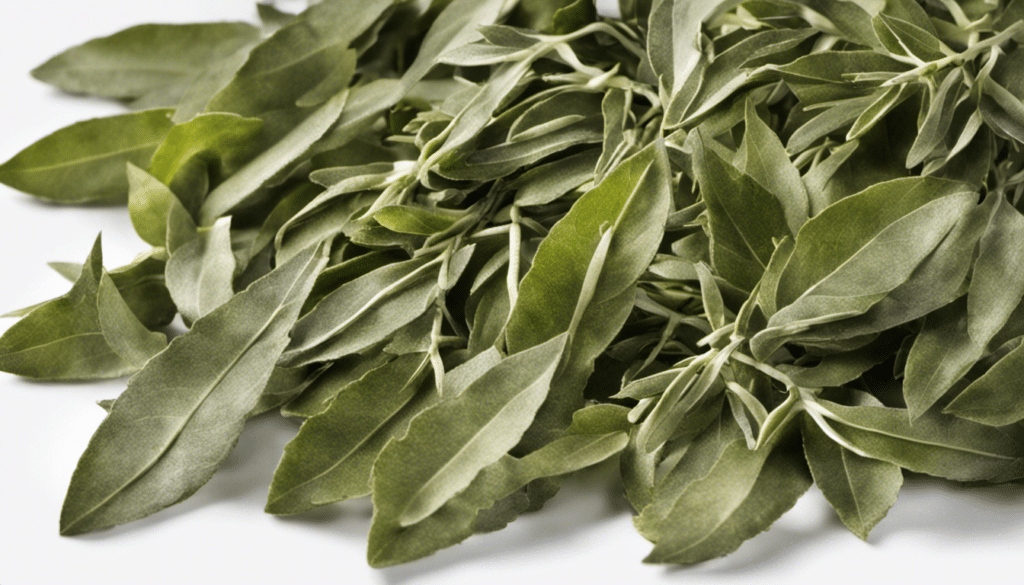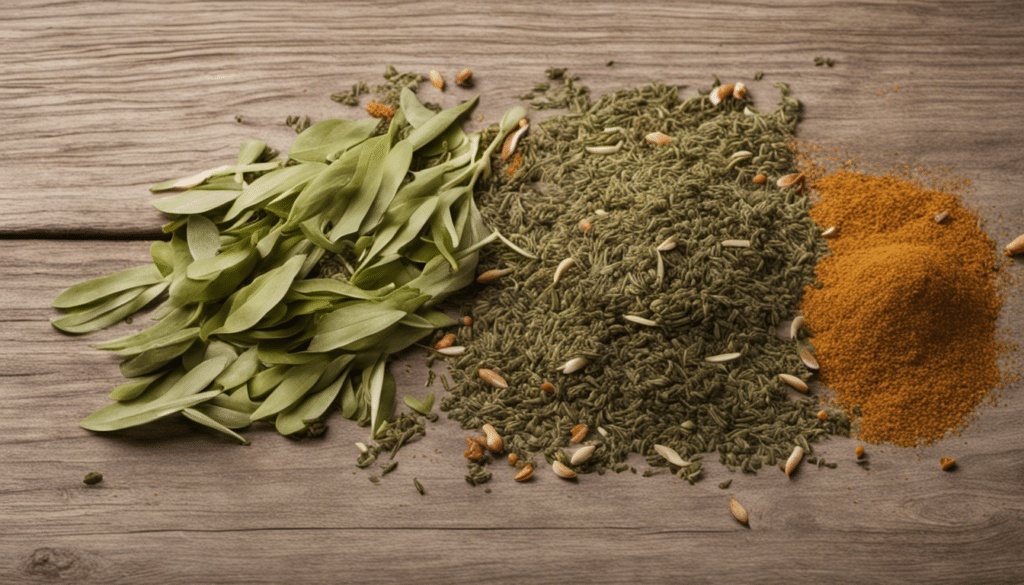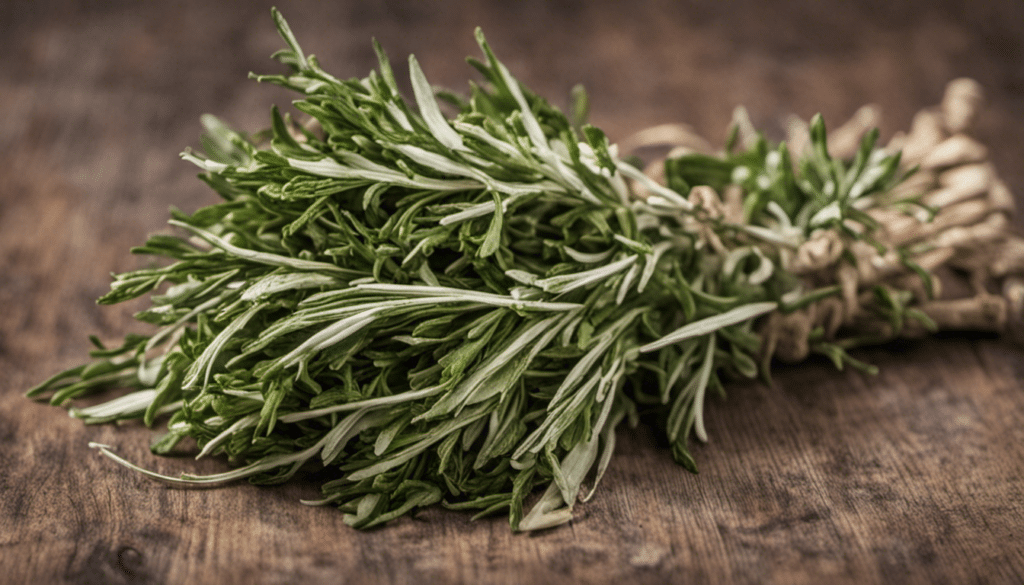Everything You Need to Know About Chervil

Ever peered into your spice cabinet and wondered about that bottle of chervil sitting untouched? If yes, then you’re at the right place!
The Origin of Chervil
Commonly known as Garden Chervil, this delicate annual herb is native to the Caucasus but was spread by the Romans through most of Europe where it is now naturalised. A member of the Apiaceae family, which includes parsley, carrots, and celery, it boasts a distinguished lineage tied to the culinary heart of many cultures.
Unveiling the Herb: Appearance and Taste
With its finely divided, curly leaves and soft, slender stems, chervil looks a lot like parsley, but with a lacey aesthetic. In terms of taste, it adds a hint of aniseed and mild parsley flavors. This gentle potency makes it an esteemed component of a famous French herb blend known as Fines Herbes.
Health and Nutritional Benefits of Chervil
There’s more to chervil than meets the eye – this modest herb is packed with vitamin C and iron. Its leaves are exceptionally rich in many notable plant-derived chemical compounds, like polyphenolic flavonoid antioxidants, which are known for their disease-preventing and health-promoting properties. Additionally, it contains a high level of vitamin A, useful for maintaining good vision and enhancing the skin’s health.
People have also used it as a diuretic and for its mild stimulating effect. Some even claim that it aids digestion. However, its effectiveness for these purposes has not been scientifically proven and, as always, it’s advisable to consult healthcare providers before using any herb for medicinal purposes.
Cooking with Chervil
Although chervil is a mainstay in French cuisine, its charm shouldn’t end there. With its graceful flavor, chervil can elevate a simple dish to something special. Try scattering over salads or folded into omelettes. Its whole sprigs can also be wonderful when used to infuse roasts. However, do bear in mind that its flavor decreases when it is cooked, so it is often introduced at the end of the recipe, or used in fresh forms.
In conclusion, chervil, or French Parsley if you prefer, is a wondrously versatile herb that can bring a unique essence to both your kitchen and your well-being.



